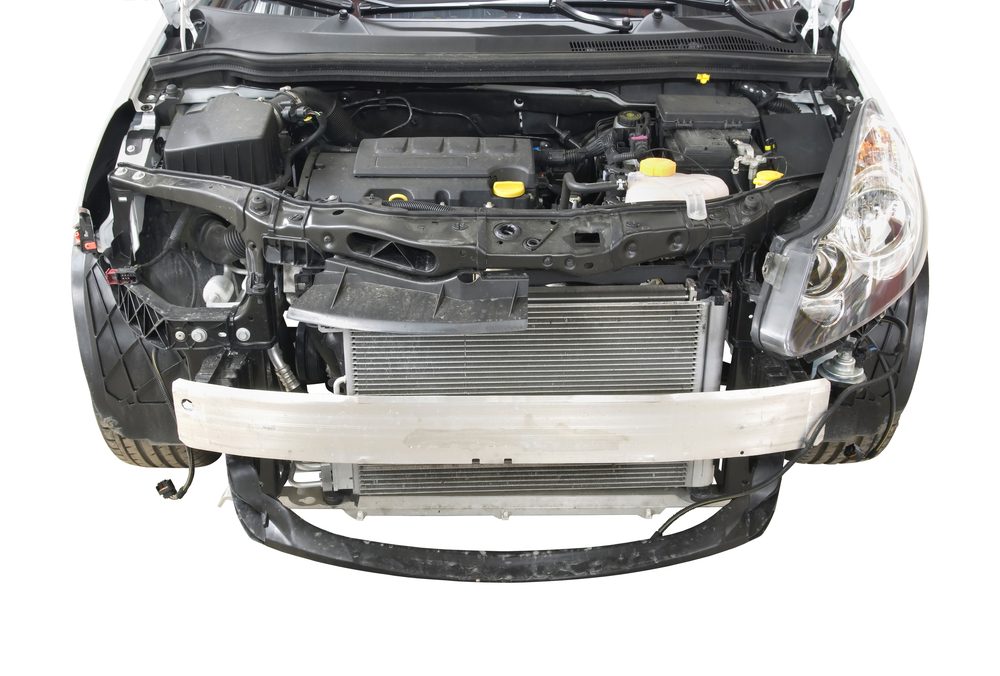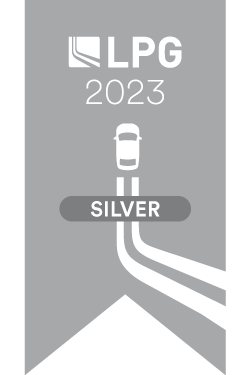The radiator and its entire cooling system are a vital component to the overall functioning of your engine. When it’s not working well, the engine can overheat. Unlike other parts of your car, like a window that won’t roll down or an axle realignment that can wait until your next routine service, your car will not properly drive with a broken cooling system. Identifying when you need radiator repair and catching any issues early will help prevent further damage.

1. Overheated Engine
Because the cooling system is responsible for keeping the engine at a constant temperature, when the engine overheats, it’s directly related to the radiator. In a healthy vehicle, you may notice the hood of your car feeling warm after it has been running for a while. However, in an overheated car, the hood will be too hot to touch and the temperature gauge in the dashboard will begin climbing, rising above its expected position of midway between hot and cold.
2. Coolant Leak
Vehicle coolant is usually bright in color, such as green or yellow, making it easy to identify. If you ever see this fluid anywhere other than the coolant reservoir, such as dripping out under your car, then you’ve got yourself a coolant leak. If the liquid you are seeing is the expected color but it’s cloudier or darker than when it was fresh, this means that your coolant is contaminated. Low levels of coolant will cause the engine to overheat.
3. Blocked Fins
Radiators have fins that transport hot coolant away from the engine. These fins are thin tubes that run along the front to reduce the temperature of the coolant. When debris, leaves, dirt, or bugs clog up these tubes, the air will not effectively reach its destination. Oftentimes, a quick spray of a garden hose will clean off any debris, but if the fins are damaged or bent in any way, they may still need a professional repair.
4. Nonworking Passenger Heating Vent
While many signs of radiator trouble are under the hood or external, a nonworking heating vent can be noticed from inside the cabin. Your cabin heater relies on hot coolant passing through the core, producing the hot air that then blows out onto the front seats. A clog or fluid leak will be the culprit preventing the radiator from warming you up on cold days. Occasionally this issue can be caused by a bad thermostat which is an easier fix.
The cooling system in your vehicle is complex and while these are the most common complaints pertaining to the radiator, there are still many nuances that can affect the overall function. If you have noticed one of these symptoms or if something else just seems off, call or stop into Lithia Chevrolet of Redding today and let us have a look. Catching issues when they’re small is key to keeping all mechanical parts of your car working in harmony.






